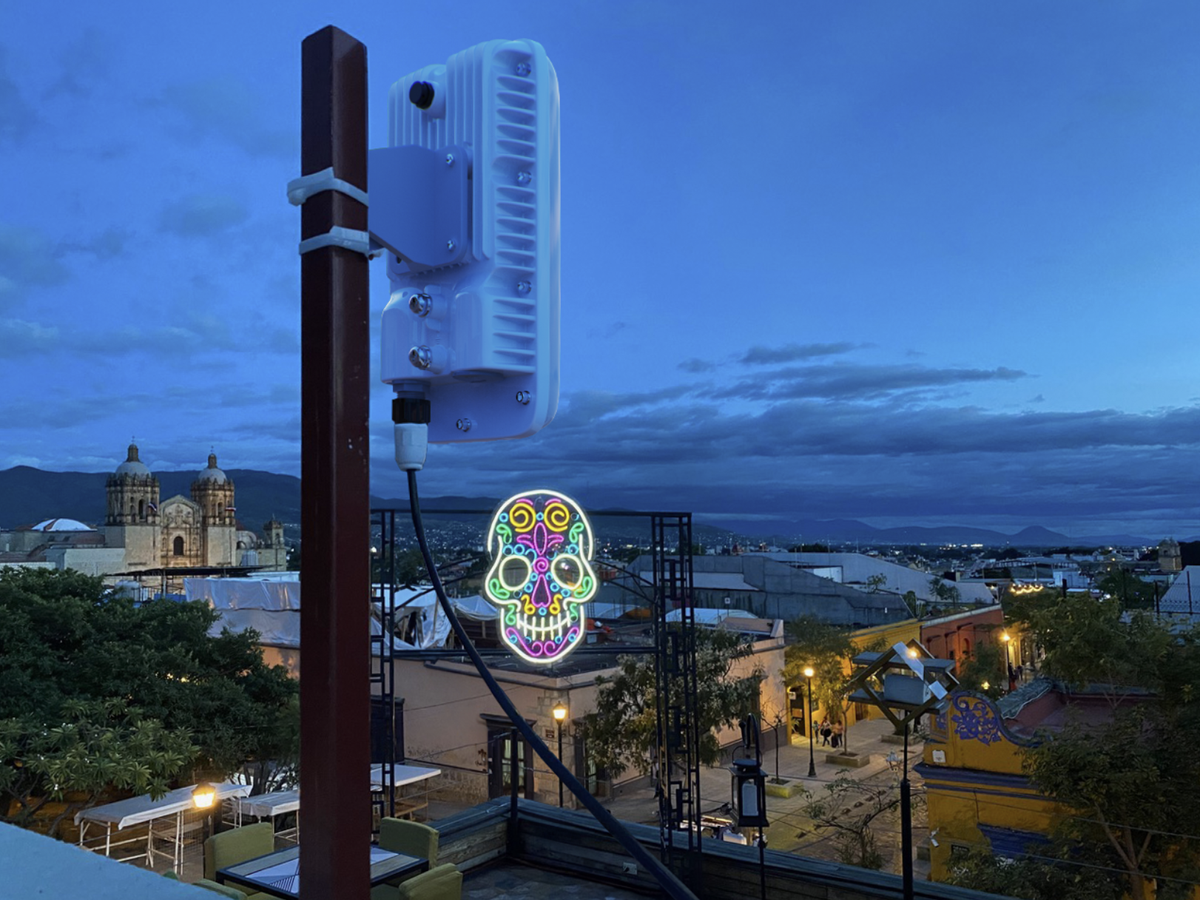
Spanish telecommunications giant Telefónica has partnered with Nova Labs, the company behind the Helium Network, to launch Helium Mobile Hotspots in Mexico.
“The solution, implemented with select customers in Mexico City and Oaxaca, will extend Telefónica’s coverage and enable offloading of mobile data to the Helium Mobile Network and improve overall mobile coverage service for customers.”
Selected customers of Movistar, Telefónica’s subsidiary in the country, will be granted access to the Helium Mobile Network, using their SIM cards for the authentication process. If the user’s device is in the range of a hotspot, it can switch from a traditional cellular network to the Helium network, offloading part of the data to the blockchain-based ecosystem, thus reducing network congestion. A special management system developed by Telefónica will control access to the Helium Mobile Network for mobile data sessions. Telefónica will remain in charge for the whole user experience and will monitor hotspot status before sending data into the network. The “people-powered” solution will allegedly lower operational cost and environmental impact while increasing mobile coverage.
Helium is a decentralized wireless Internet of Things (IoT) network launched back in 2013. Helium's technology enables communication between devices and rewards users with HNT tokens for deploying nodes. Last year, the ecosystem migrated to the Solana blockchain to accelerate network growth. Helium Mobile allow individuals to provide wireless network coverage for low-power IoT or cellular devices by deploying Helium Hotspots, which cost $249 each. Around 12,000 spots are currently installed in the continental U.S. and Puerto Rico. Mexico City and Oaxaca are marked as boosted areas where higher demand is expected, and users can get more rewards.
The hotspots also serve multiple IoT projects, remote monitoring systems, and other business solutions, but Telefónica is the first major mobile network to implement the technology and the first partner of such a scale.
Telefónica positions itself as a Metaverse-ready telco and has previously shown interest in Web3 technologies. Last year, it launched Telefónica Innovación Digital, a new innovation branch that investigates new technologies. The company has its own NFT marketplace and develops Web3 solutions in partnership with the Polygon blockchain ecosystem and other companies.
It has invested in the Bit2me crypto exchange, decentralised social Metaverse Gamium, and virtual reality service Spatial. The company also allows crypto payments on its online marketplace and is a participant in a multi-telco Open Gateway initiative that aims to transform telecommunications networks into developer-ready platforms.
If the solution proves successful in Mexico, Telefónica will incorporate it into its portfolio of mobile networks in the region, according to José Juan Haro, Chief Wholesale and Public Affairs Officer at Telefónica. The involvement of a major carrier with a huge user base can take Helium Mobile to the next level, pushing across the whole of Latin America.
At the moment, decentralized physical infrastructure networks struggle to compete with traditional alternatives as they lack participants and stability. Even a small drop in the price of the token used for reward can lead to an outflow of users and thus instantly reduce coverage and network quality. However, they can offer competitive pricing and, if mature, could potentially create an even more stable network, as there would be no single point of failure due to its decentralized nature.

